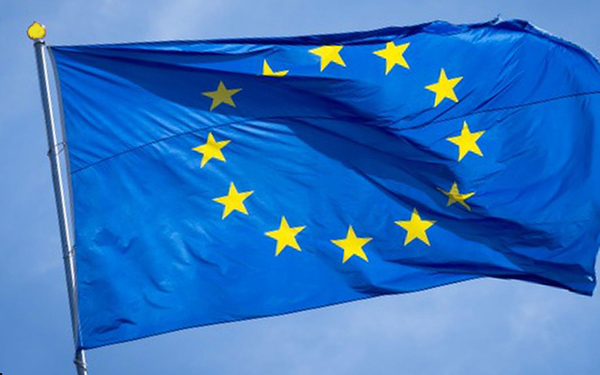Answer:
Pursuant to Article 25(4) of the IFR, we may grant permission to calculate the exposure value of certain derivative contracts and transactions using one of the methods set out in Part Three, Title II, Chapter 6, Articles 3, 4 or 5 of the CRR, i.e. the Standardised Approach for Counterparty Credit Risk (SA-CCR), Simplified Standardised Approach (SSA) or the Original Exposure Method (OEM). Investment firms must submit the following information when applying for this permission:
- An explanation on the specific CRR method the investment firm intends to use.|
- If the investment firm intends to use the SA-CCR, SSA or OEM, it must be able to demonstrate that the thresholds for these methods referred to in Article 273(1) and (2) of the CRR have been met.
- A comparison of the own funds requirements calculated according to K-TCD and the own funds requirements according to the preferred CRR method, including a breakdown of the exposure value according to the reporting in C.34.2 for SA-CCR and SSA, and C.34.3 for the OEM.
We will in principle grant permission to use the CRR methods, provided the conditions set out in the CRR are met. Institutions that have been granted permission must be able to provide the CCR exposure value template from the common reporting (COREP) at our request.



